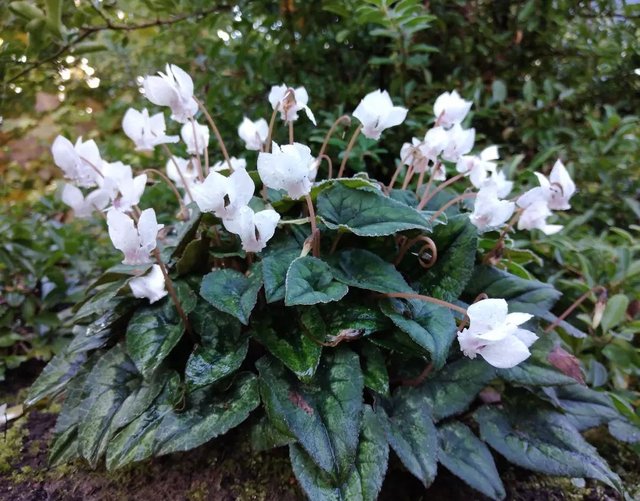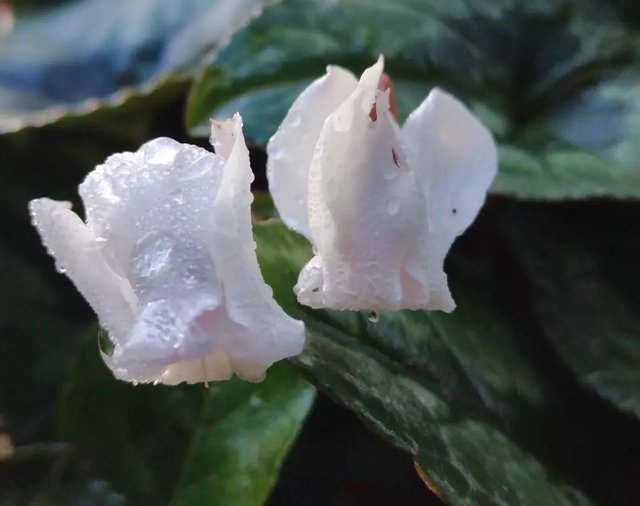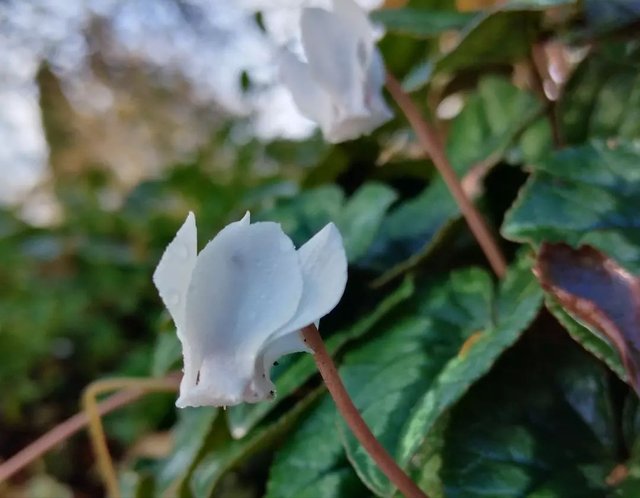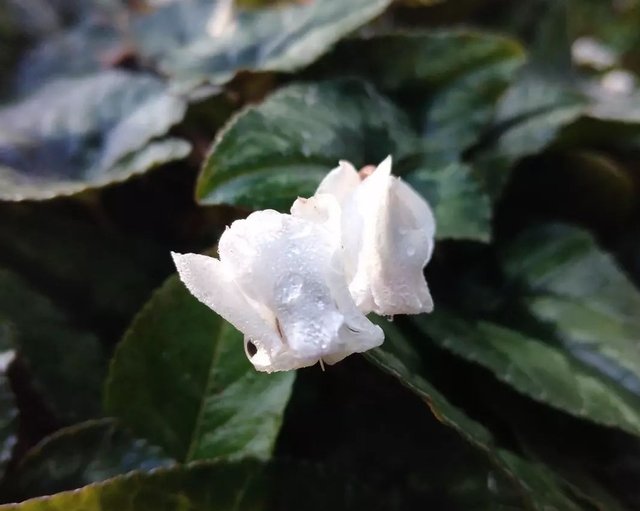Ivy-leaved Cyclamen: A Delicate Tapestry of Nature's Beauty




The Ivy-leaved Cyclamen is a captivating flowering plant that graces gardens and wooded areas with its delicate charm. Also known as sowbread, this perennial plant belongs to the Primulaceae family and is native to Southern Europe and Western Turkey. Its unique name is derived from the ivy-like shape of its leaves.The Ivy-leaved Cyclamen is renowned for its distinctive heart-shaped leaves, which often have a marbled or silver pattern, adding to its aesthetic appeal. These leaves emerge in the fall, creating a lush carpet on the ground. The foliage serves as an attractive backdrop for the elegant flowers that bloom during late summer to early autumn.The flowers of the Ivy-leaved Cyclamen are a true spectacle. Delicate, upturned petals form a series of vibrant blooms that range in color from shades of pink and purple to white. The blossoms, with their unique reflexed petals and prominent stamens, add a touch of whimsy to the autumn landscape.This resilient plant thrives in well-drained soil and is often found in the understory of deciduous woodlands. Its ability to flourish in shaded areas makes it a popular choice for gardens with dappled sunlight. Gardeners appreciate its adaptability and the fact that it naturalizes well, spreading its beauty over time.Culturally, the Ivy-leaved Cyclamen has significance beyond its visual appeal. In some traditions, it symbolizes resignation and farewell, making it a thoughtful choice for memorial gardens. Its ability to endure and bloom in the face of changing seasons also represents resilience and the cyclical nature of life.For those interested in cultivating Ivy-leaved Cyclamen in their gardens, a few key care tips can enhance its growth. Planting in well-drained soil, providing partial shade, and avoiding excessive moisture are crucial. The tuberous roots should be planted just below the surface, and a layer of mulch can help insulate the plant during winter.Regular watering is essential, particularly during dry spells, but it's crucial not to overwater, as the plant is susceptible to rot. As the flowering season comes to an end, the plant enters a dormant period, and during this time, it requires less water.
